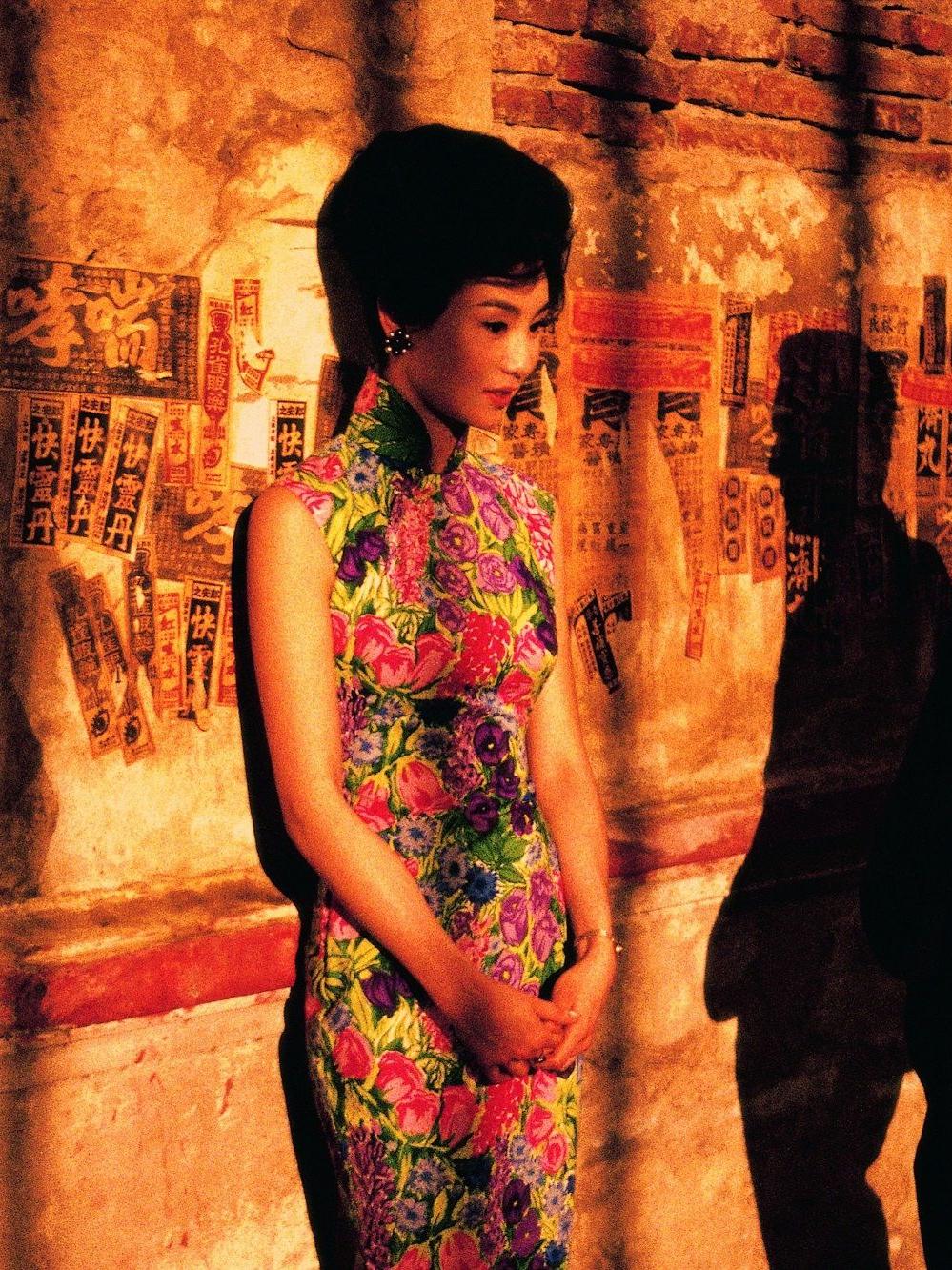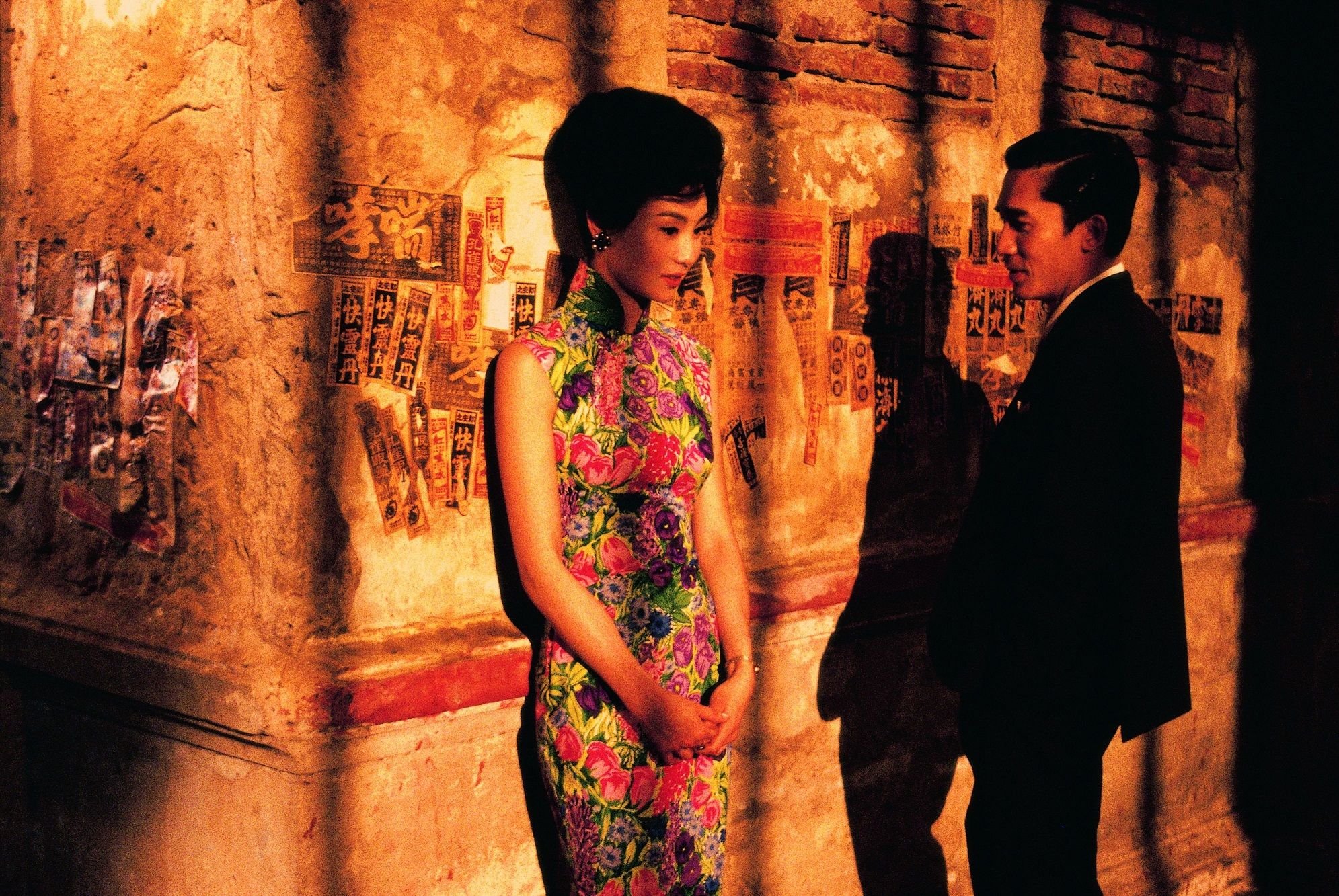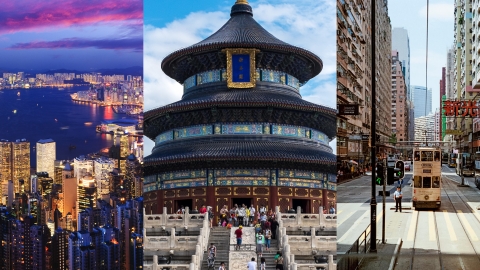Wong Kar Wai's cinematic style is expressed through the camera angles, colors and scene composition. From the bright hot colors of love interwoven with the cold colors of immense loneliness, from the dim street lights to the old mossy apartment buildings, it is not only a means for Wong Kar Wai to tell love stories, but also conveys the director's feelings of "loving Hong Kong for a million years".
A Legend of Fei, one of his first films, is a tragedy about disoriented young people in the 1960s. Hong Kong in the film appears dark and sad, with empty rooms, dilapidated buildings contrasting with the shimmering urban lights shining on stagnant puddles in narrow alleys, where people in love pass by but never touch each other, and peeling phone booths on street corners ring endlessly without anyone picking up. Hong Kong and the youth of those people are like a vague dream, very near but also very far, constantly throbbing in the hearts of the audience.


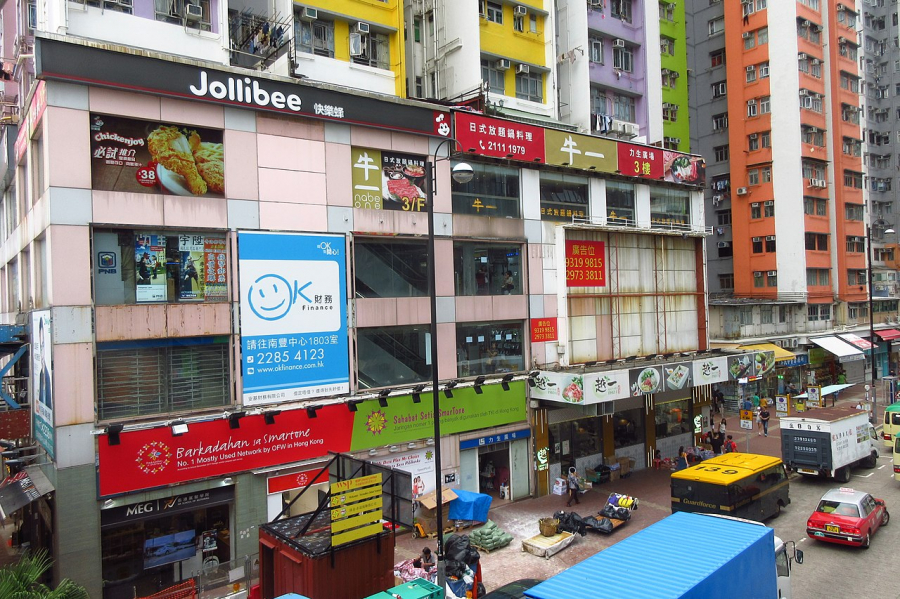
A corner of Castle Street, the filming location of A Fei Zheng Zhuan
InChongqing Forest, the groundbreaking film that launched Wong Kar-wai to international fame, he captured the essence of Hong Kong just three years before the city ceased to be a British colony and rejoined mainland China. During a New Year's Eve party in 1993, a stampede killed 21 people (mostly teenagers) in the Lan Kwai Fong district, one of the film's main settings.Chongqing Forest. In 1994, Governor Chris Patten introduced a number of political reforms aimed at the younger generation, such as lowering the voting age to 18, during the twilight of Hong Kong's colonial era. Amid the turmoil of the times, Hong Kong inChongqing Forestbursting with deafening sounds and dazzling colors that hurt the eyes. Like a polaroid photo,Chongqing Forestcaptured Hong Kong in a crazy and romantic moment. Did the film capture the soul of the city, or is the city inherently beautiful as film?
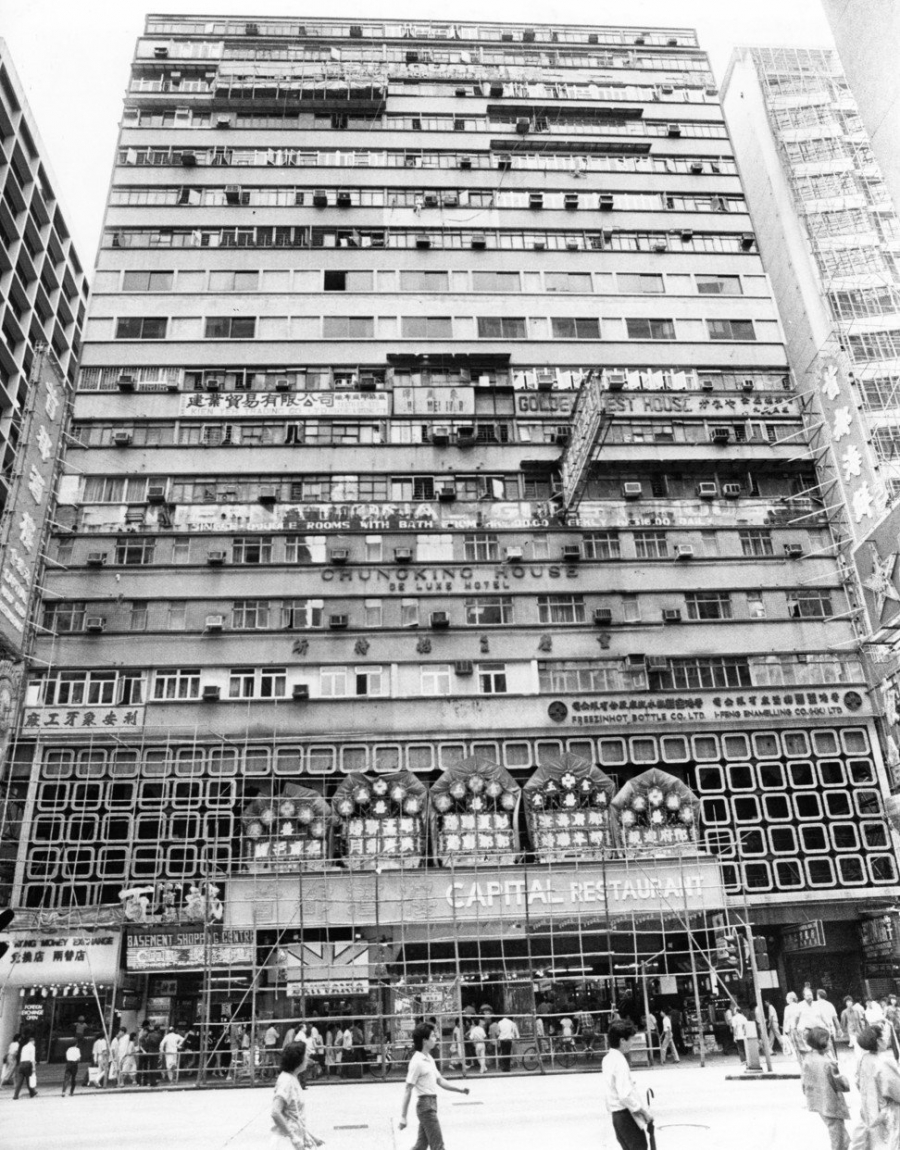
Chongqing Daxia Apartment Complex, in Tsim Sha Tsui, Hong Kong in 1985
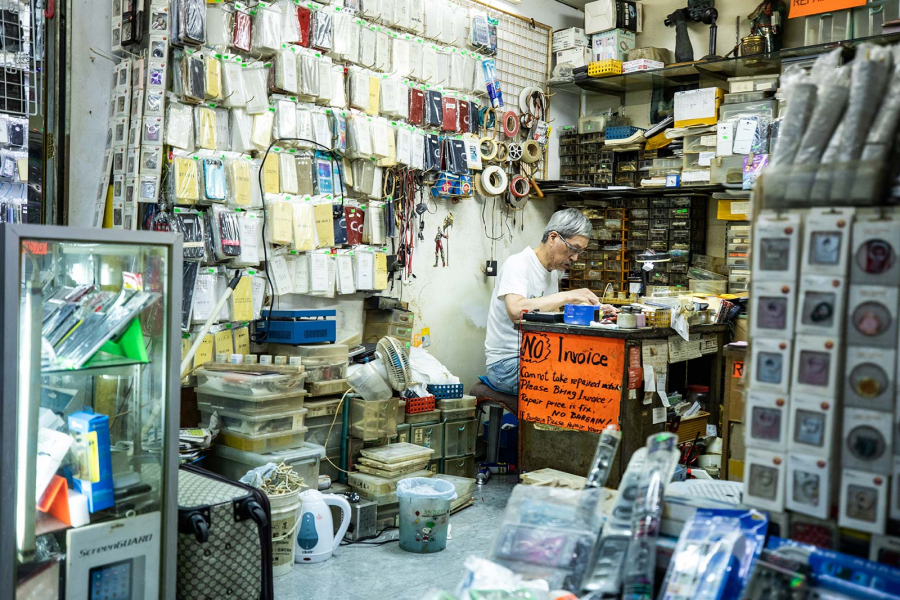
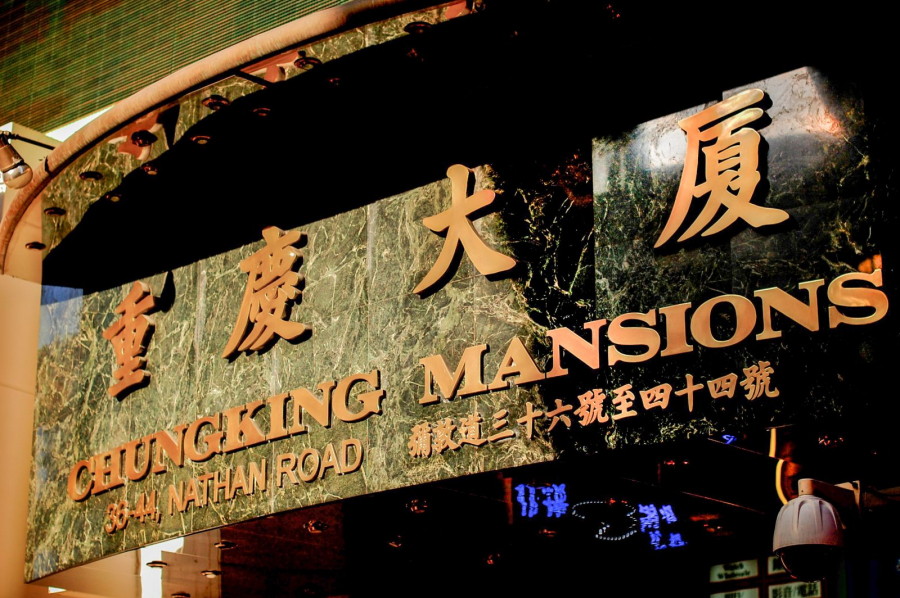

Chongqing Daxia District is today a destination for fans of Wong Kar-wai films.
Nearly 30 years after the film's release, Hong Kong has "gone through a storm", and Chongqing Daxia Apartment, despite having undergone many renovations, still retains its original appearance. This is a commercial center in Tsim Sha Tsui, a district in the north of Hong Kong Island, one of the most famous buildings in Hong Kong and also the most crime-ridden in the district. Wong Kar-wai described this crowded and dangerous building as "flammable", and its chaotic beauty has not changed since it appeared inChongqing Forest.Today, movie fans can easily rent rooms here through Airbnb, and the building continues to have a "notorious" reputation for having had many robberies and scams of tourists.
The Midnight Express diner from the movie is no longer there, replaced by a 7-Eleven convenience store.


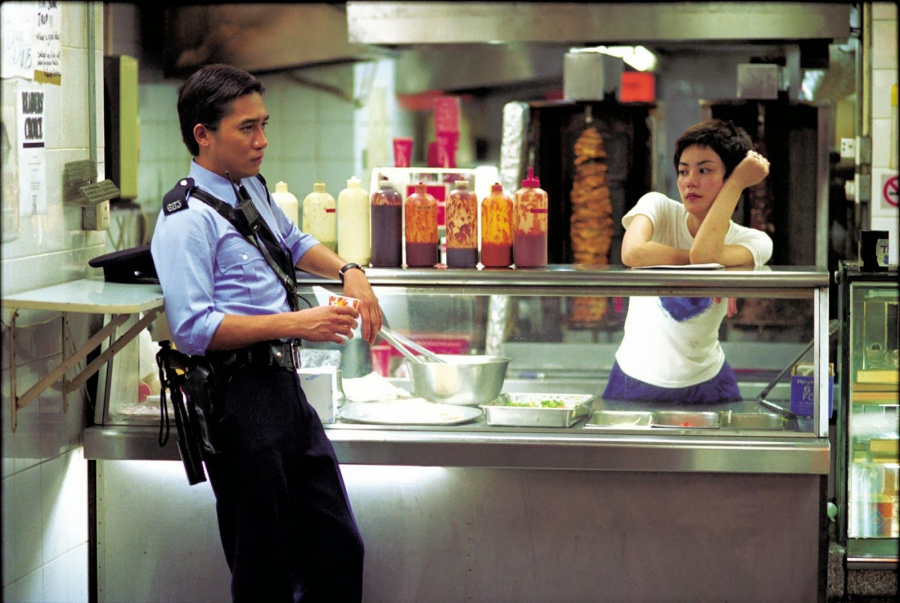
Midnight Express store in the movie Chungking Express

McDonald's
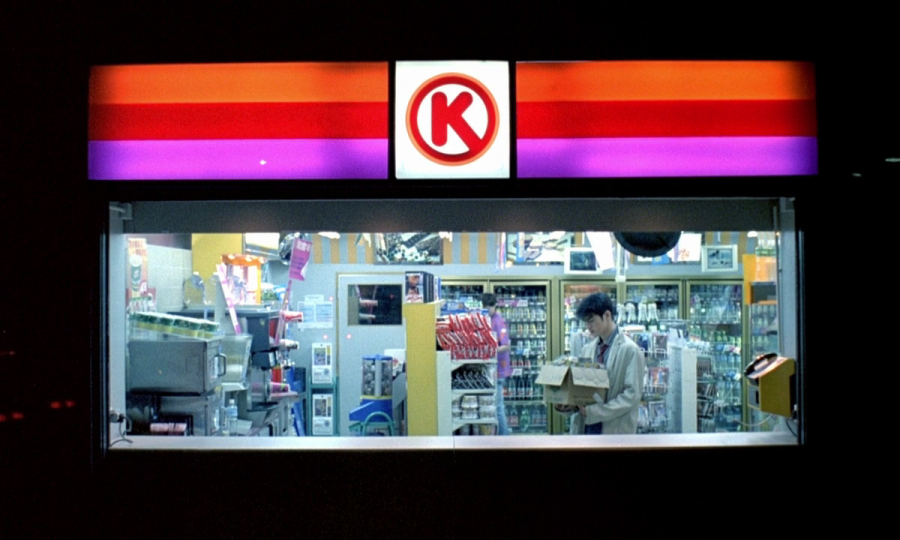
Circle K
Another destination is the escalator system in Hong Kong, consisting of 18 elevators and 3 running lines, carrying thousands of people every day. Hong Kong has many steep hills, so this outdoor escalator system was built in 1993 to serve tourists and daily commuters as a solution to traffic congestion in the city. The escalators will go down from 12am to 10:30am and go up until midnight the following day, through 14 routes, from Conduit Street in the west to Queens Road in the east. This escalator has appeared in many Wong Kar-wai films.

Escalator system in Hong Kong

In the movie Chungking Forest

In the movie Fallen Angel
Hong Kong at night appears sparkling but also tinged with bitterness.Fallen Angel, with most of the filming taking place in Tsim Sha Tsui, where Wong Kar-wai grew up. Not a gentle, classic Hong Kong, not a neon-lit Hong Kong, the Hong Kong ofFallen AngelIt was just fast food restaurants, convenience stores, cheap bars filled with cigarette smoke... but now, after more than two decades, many Hong Kong people can truly see how precious the memories of that period are.
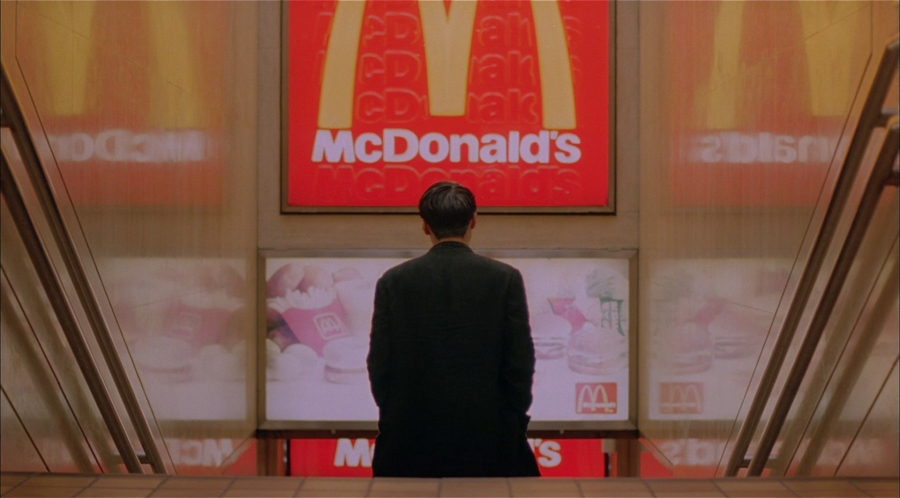
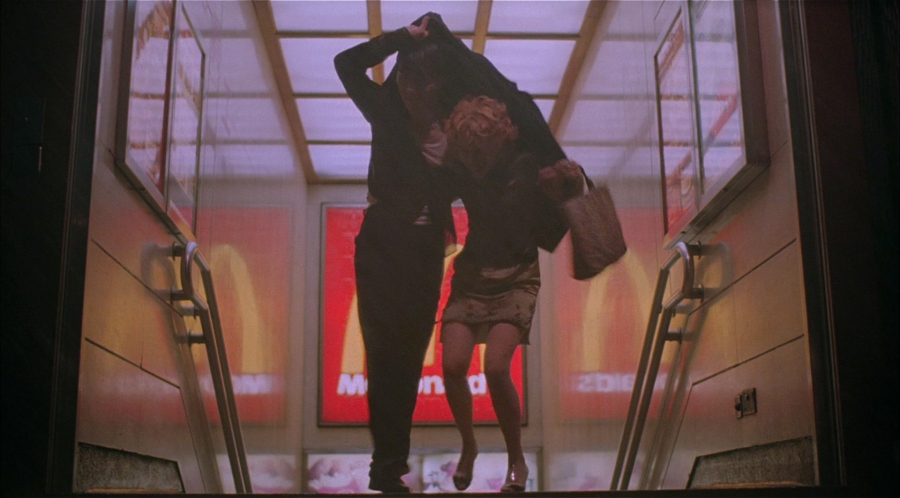

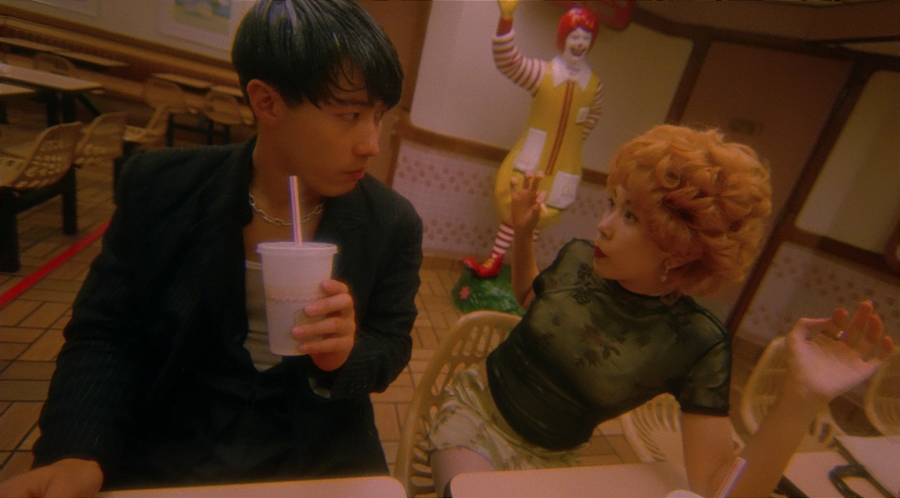
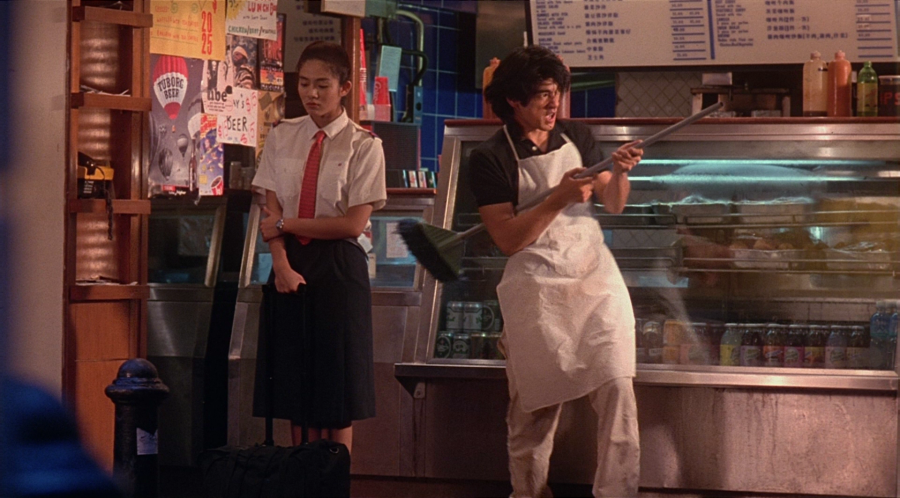
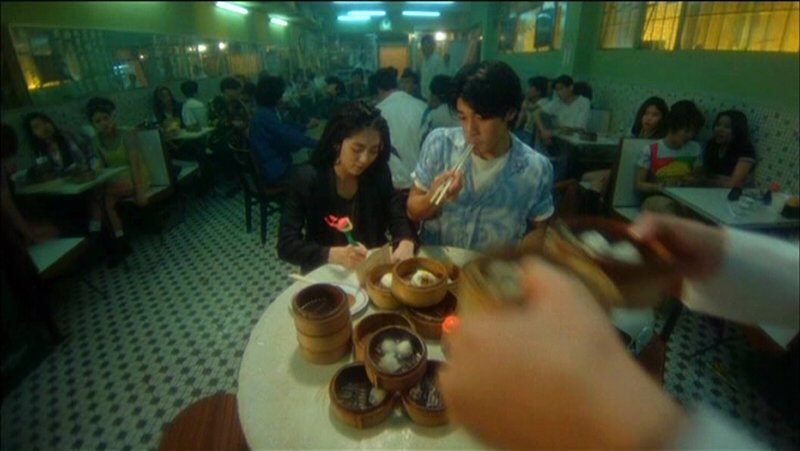
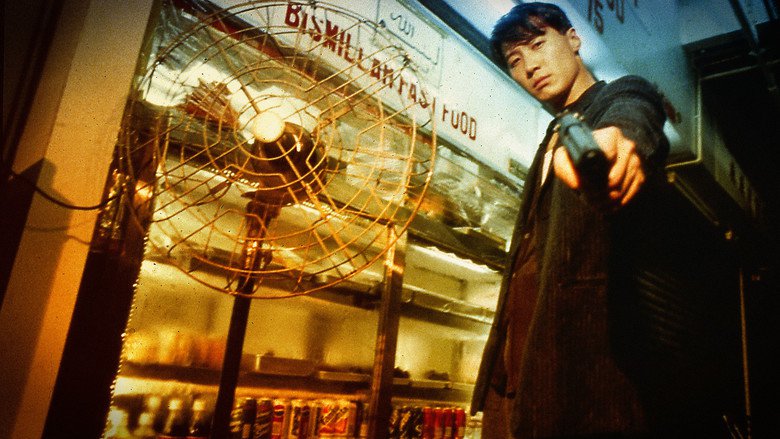

Mood when in loveis a 2000 romantic drama film set in 1960s Hong Kong, and is widely considered to be Wong Kar-wai's finest work. The film ends in 1966, a tearful moment that marks the beginning of the Chinese Cultural Revolution and a year before the Hong Kong riots. The final scene of the film is Chow Mo-man whispering his secrets into a tree, remembering the lost years. It is not only the unfinished end of a love affair, but also marks the end of an era and the dawn of an uncertain future, like the fate of Hong Kong.

To accurately recreate the streets of 1960s Hong Kong, Wong Kar-wai and cinematographer Christopher Doyle shot much of the film in Bangkok. However, the scene where the two main characters (Chow Mo-man and Su Li-zhen) dine together was filmed at the Goldfinch Restaurant, a classic Western-style eatery in Causeway Bay. The Goldfinch, which opened in 1962, is considered a local landmark with its dimly lit interior, smoky mirrors and signature leather seats. After appearing in two of Wong's films,Mood when in loveand2046, Goldfinch has become internationally famous. However, the old Goldfinch restaurant closed in 2018 after more than half a century of operation. A new Goldfinch restaurant opened at Kyoto Plaza on Lockhart Road, but it no longer retains the same romantic nostalgic atmosphere as before, although it still uses all the same interior.
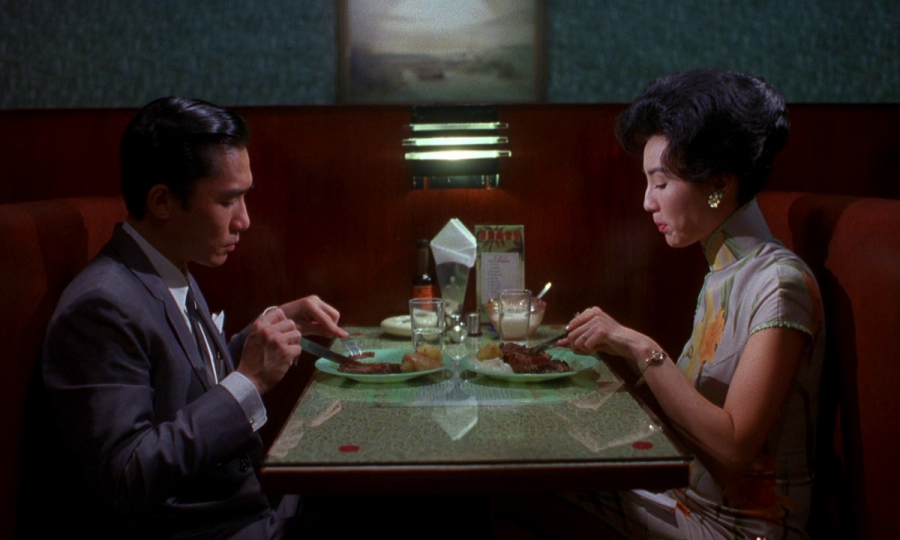
The two main characters in In the Mood for Love have dinner at the Goldfinch restaurant.

Goldfinch Restaurant

Goldfinch Restaurant in the movie 2046
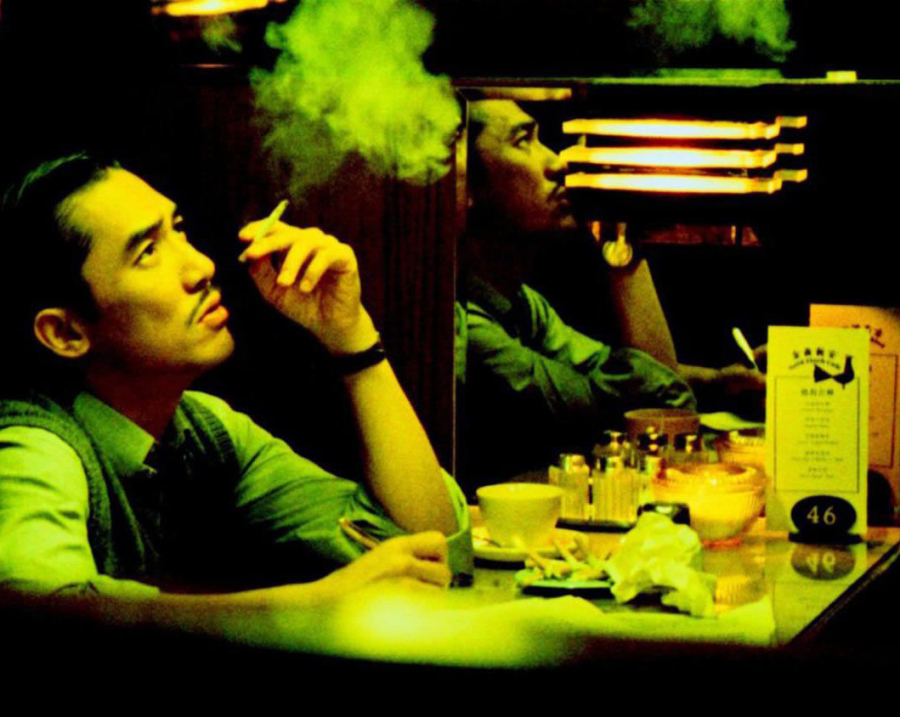
Another scene in 2046, still the Goldfinch restaurant
The sequel toA Legend of FeiandMood when in loveTo be2046This is Chau Mo Van's room number.Mood when in love, which is also the setting of the science fiction novel he is writing. And for Hong Kongers, the number has a special meaning: it marks the end of half a century of “one country, two systems” under the agreement that handed Hong Kong back to China.2046carries Wong Kar-wai's anxiety about the future of Hong Kong and a passionate love for Hong Kong's past.
Perhaps that is why Hong Kong is in2046Almost no real sets were used; most of the scenes were shot on location. The Oriental Hotel in the film was a building known locally as the "White House," with its plain, white walls, located at the intersection of Victoria and Mt. Davis streets. The building has no official name and is not numbered. Locals say that the White House was used as a detention center for political prisoners by the British Police Department during the British colonial period. The White House is now vacant, and is only occasionally used as a filming location. InColor and formDirected by Ang Lee, this place was used as the secret home of Mr. Yi (also played by Tony Leung) in Hong Kong. The history associated with the house also contributes to the dark, oppressive atmosphere of the movies shot here.
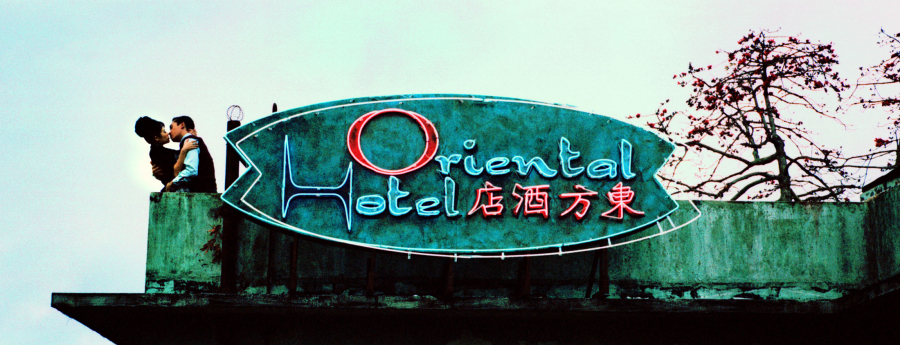
Oriental Hotel in the movie 2046 is just a filming set, not a real hotel.
The unique beauty of Hong Kong seems to be due to the intersection of ancient and modern, tradition and modernity, exploding through revolutionary periods but hiding tragic memories of the past. Amidst the chaos of color and sound, as Police 223 said, Wong Kar-wai's love and endless nostalgia for Hong Kong "never expires".





